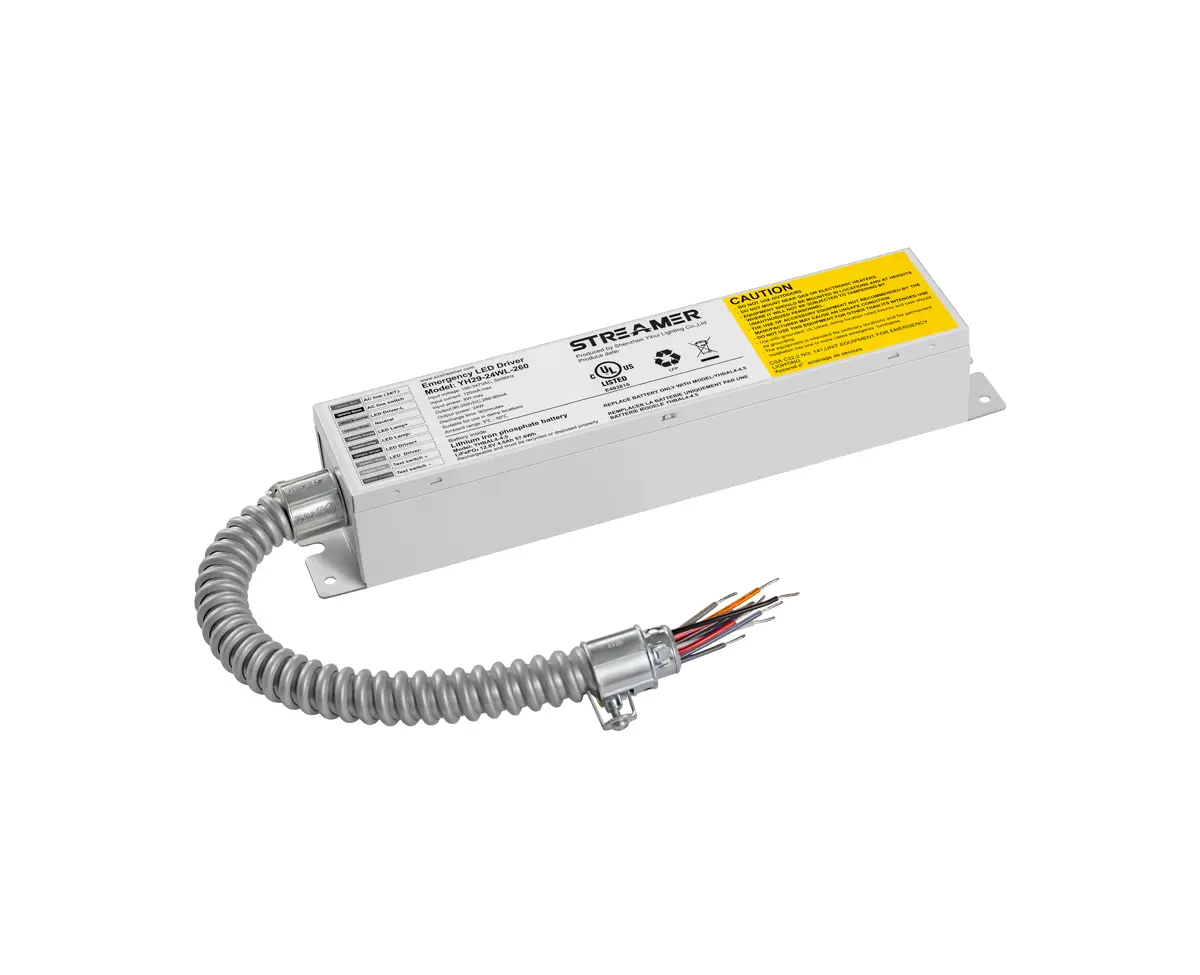 1
1
 Jun 06, 2025
Jun 06, 2025

Flux testing is a crucial process for evaluating the performance of LED emergency converters, as it measures the luminous flux, which indicates the total amount of visible light emitted by the LED source. Accurate flux testing helps ensure that the LED emergency converter meets the required lighting standards and provides sufficient illumination during emergency situations.
The primary method for flux testing involves using an integrating sphere. An integrating sphere is a hollow spherical device with a highly reflective inner surface. The LED emergency converter is placed inside the sphere, and when it emits light, the sphere collects and diffuses the light uniformly across its inner surface. Photodetectors located inside the sphere then measure the light intensity at various points. By integrating these measurements, the total luminous flux of the LED can be accurately calculated. This method is highly reliable as it accounts for all the light emitted in different directions, providing a comprehensive assessment of the LED's output.
Another important aspect of flux testing is the calibration of the testing equipment. The integrating sphere and the photodetectors need to be calibrated regularly using standard reference lamps with known luminous flux values. This calibration process ensures the accuracy and consistency of the test results. Additionally, environmental factors such as temperature and humidity can affect the performance of the LED and thus influence the flux measurement. Therefore, flux testing is typically conducted in a controlled environment where temperature and humidity are maintained at stable levels.
For LED emergency converters, flux testing is not only performed during the production phase but also during quality control checks and after long-term operation. During production, it helps identify defective units early, reducing the number of faulty products reaching the market. In quality control, it ensures that the products meet the specified luminous flux requirements. After long-term use, flux testing can detect any degradation in the LED's performance, allowing for timely maintenance or replacement. Moreover, different types of LED emergency converters may have specific flux testing requirements based on their intended applications. For example, those used in large public buildings may need to meet higher flux standards compared to smaller-scale applications, and flux testing helps verify compliance with these diverse requirements.